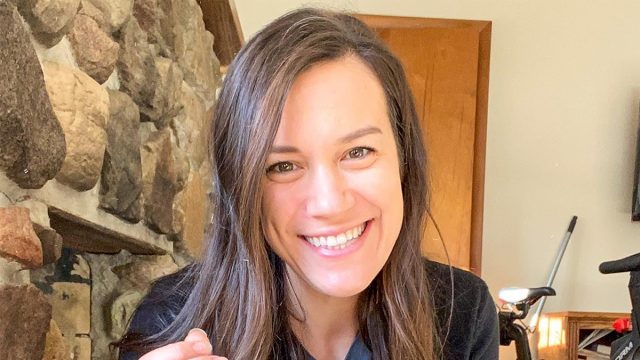5 High-Protein Breakfast Foods, According to a Dietitian
Are you looking to add some protein to your first meal of the day? Research has found that amping up your protein intake more than the recommended dietary allowance can help you lose weight and burn fat mass. Kelsey Kunik, RD, is a nutritionist who tries to help people "overcome overeating without dieting." In a recent Instagram video, she reveals some "high protein breakfast ideas" that taste great. Body Network's Resident RDN, The Diet Diva, Tara Collingwood, MS, RDN, CSSD, LD/N, ACSM-CPT, a Board Certified Sports Dietitian, co-author of the Flat Belly Cookbook for Dummies weighs in on her meal ideas.
Eggs
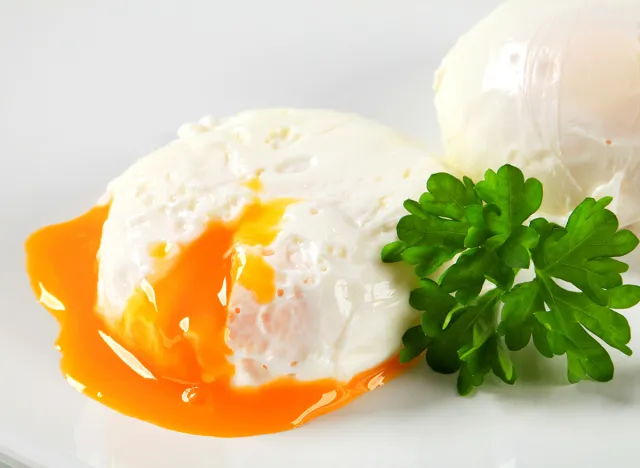
The first item on her breakfast menu is eggs. "Hard-boiled eggs, scrambled eggs, adding eggs to a breakfast sandwich, whisking an egg into oatmeal as it cooks on the stove," she says. "Eggs are super nutritious with protein and iron, choline, Vitamin A, and B vitamins," adds Collingwood.
Smoked Salmon
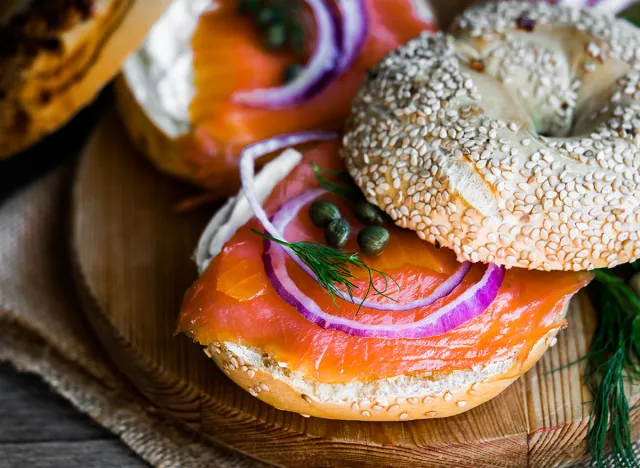
Next up, smoked salmon. "Added to a breakfast sandwich, on top of a bagel with break cheese, in a savory oatmeal bowl, chopped up in scrambled eggs," she says. "Smoked salmon is high in protein and omega-3 fats and can easily pair with whole grains for a very satisfying breakfast," agrees Collingwood.
Greek Yogurt
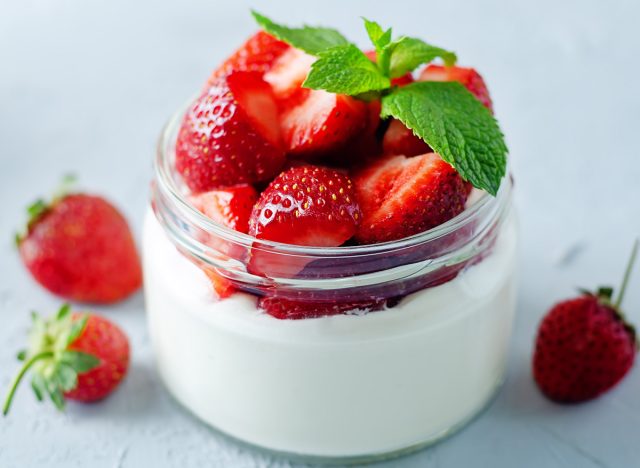
She also recommends Greek yogurt, "In a smoothie, with fruit and granola, in overnight oats, spooned over hot oats, spooned on top of waffles or pancakes," she writes. It is also one of Collingwood's "staples," she says. "I love plain low fat greek yogurt with lots of fruit and a sprinkle of granola," she explains, adding that it is high in protein, calcium, B vitamins, and potassium.
Nut Butter
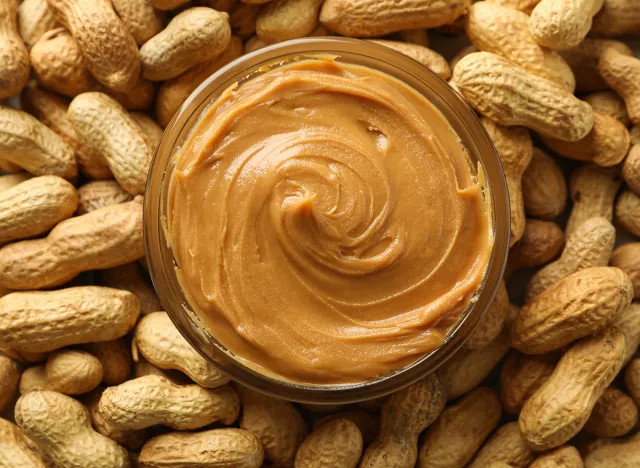
Next, nut butter. She likes it "stirred into a parfait, oatmeal, or a yogurt cup, spread on top of whole wheat toast, English muffin, pancakes, or waffles, PB and J toast or sandwich." Collingwood agrees that nut butters are "an excellent way to get nutritious fats while also getting a little bit of protein and a lot of flavor."
Oats
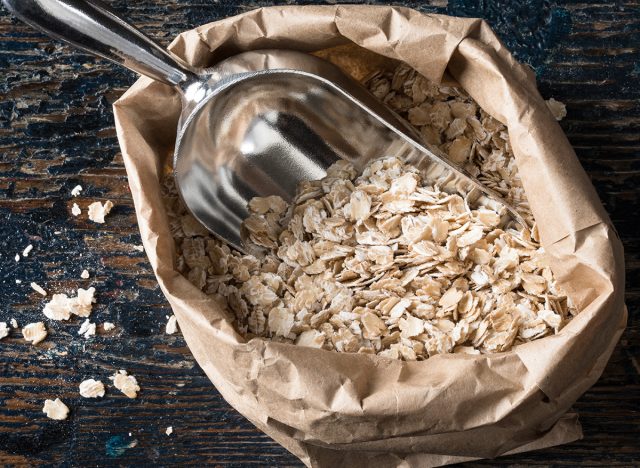
Oats round out the list. "Overnight oats, hot oats, made into granola, stirred into yogurt, added to pancake batter, savory oatmeal bowl, baked into breakfast cookies or muffins," says Kelsey. Collingwood agrees that oats are one of the best whole grains out there. "Lots of soluble fiber which is good for cholesterol and so versatile and delicious," she says.
💪🔥Body Booster: Try incorporating more protein into your breakfast every day and see if you notice any changes after a week.
